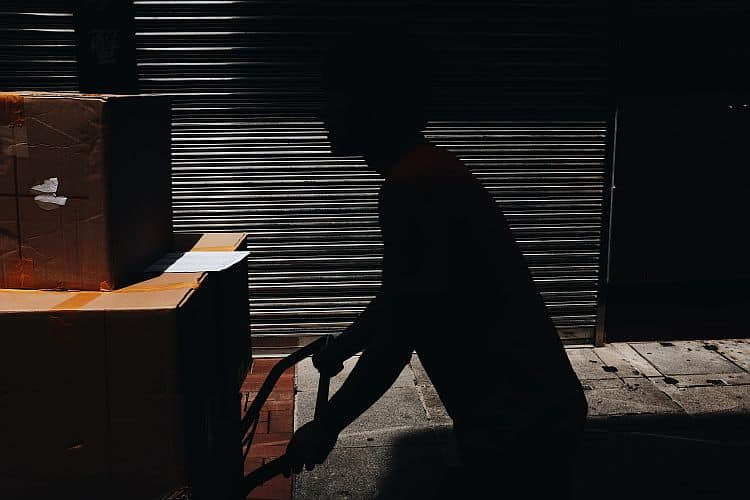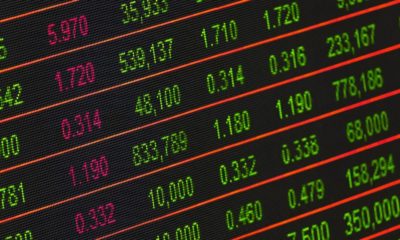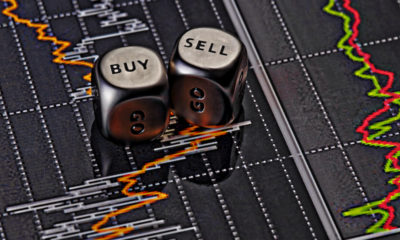Stock Value
High-Yield Junk Bonds

In this article, Mr. Berko tutors our letter sender about junk bonds and shares a list of a bond analyst's recommended high-yielding junk bonds.
TAKING STOCK
BY MALCOLM BERKO
RELEASE: WEDNESDAY, DECEMBER 6, 2017
High-Yield Junk Bonds
Dear Mr. Berko:
I'm told that junk bonds yield 12 to 18 percent or even higher. I'd like to invest about $60,000 in junk bonds if I could get at least a 12 percent yield to maturity. I can afford the risk. My stockbroker recommended a bond yielding 15.3 percent and wants to show me other junk bonds he says pay safe, high income. What do you think? Could you recommend a portfolio of junk bonds for me? And could you explain “yield to maturity” in simple English? — BN, Rochester, Minn.
Dear BN:
Your broker is a shameless liar.
The answer to your second question is “no!”
The answer to your third question is “maybe.”
Junk bonds are sometimes called suicide bonds because of their high default rate. Your insurer might cancel your life policy if you owned too many of these bonds — though if you can skip rope on a bed of nails, gargle with Drano and sing “Waltzing Matilda” while sitting on a bed of hot coals, your insurer might only increase your premium and let you keep your policy.
Junk bonds are some of the strangest creatures in the investment universe.
A good junk bond broker must have the skills of a septic tank cleaner, a quantum physicist, a mortician and a sewer plumber, so never buy junk bonds from your everyday stockbroker. That would be like asking an electrician to perform brain surgery on your 6-year-old daughter.
Junk bonds are just what the name implies — pure, unadulterated junk. They're high-yield, high-risk, non-investment-grade bonds that are fixed-income investments.
They have a Standard & Poor's credit rating of BB or lower or a Moody's Investors Service rating of Ba or lower.
Many yield over 12 percent, and others can have yields of 700 basis points or higher.
Investing in junk bonds is infrequently profitable and not recommended for widows, orphans, orphans of widows or female children younger than 11.
An old acquaintance of mine, Arapaho Jack, was a junk bond specialist with Bache & Co. AJ, as we called him, wanted to be a politician but wasn't crooked enough, so he became a bond analyst, specializing in short-term maturity junk bonds.
Here are AJ's recommendations, which he believes have a 62 to 71 percent chance of survival during the coming four years.
—Sears Holdings Corp.: 8 percent, due on Dec. 15, 2019, trading at 86 cents on the dollar. It is rated CCC- and has a 14.8 percent yield to maturity. Sears Holdings is the parent company of Kmart. Kmart Holding Corp. and Sears, Roebuck & Co. merged in 2005. Yuck!
—Windstream Holdings Inc.: 7.75 percent, due on Oct. 1, 2021, trading at 77 cents on the dollar. It is rated B1 and has a 16 percent YTM. Windstream is a provider of voice and data network communications to businesses in the U.S. Icky!
—99 Cents Only Stores: 11 percent, due on Dec. 15, 2019, trading at 81 cents on the dollar. It is rated CC- and has a 19.3 percent YTM. This is a price-point retail store. Moo!
—Frontier Communications Corp.: 9.25 percent, due on July 1, 2021, trading at 88 cents on the dollar. These bonds are rated B- and have a 13.5 percent YTM. Frontier provides voice, data, video and internet services to urban, suburban and rural customers. Oink!
—Monitronics: 9.125 percent, due on April 1, 2020, trading at 82 cents on the dollar. It's rated CCC, and the YTM is 17.3 percent. Now known as MONI, it provides home and office security. Yuck, icky, moo and oink!
“Yield to maturity” is a complicated formula, and 0.00022 percent of stockbrokers in the world understand the math. Basically, it includes the interest paid plus the dollar gain (or loss) on the bond between your purchasing it and its redemption plus the years to redemption at $1,000. For example, 10 Sears bonds cost $8,600. They mature at $10,000 (face value), so that gain at maturity is $1,400 in two years. That averages $700 a year over two years. Add $800 in annual interest and you get a YTM of 15.2 percent.
Losing money is like stepping on a snake, and I wouldn't own any of these bonds even though Arapaho Jack recommends them. Most junk bond funds (from TIAA, Fidelity, Pimco, Vanguard et al.) have produced negative 12-month returns.
Please address your financial questions to Malcolm Berko, P.O. Box 8303, Largo, FL 33775, or email him at [email protected]. To find out more about Malcolm Berko and read features by other Creators Syndicate writers and cartoonists, visit the Creators Syndicate website at www.creators.com.
COPYRIGHT 2017 CREATORS.COM











